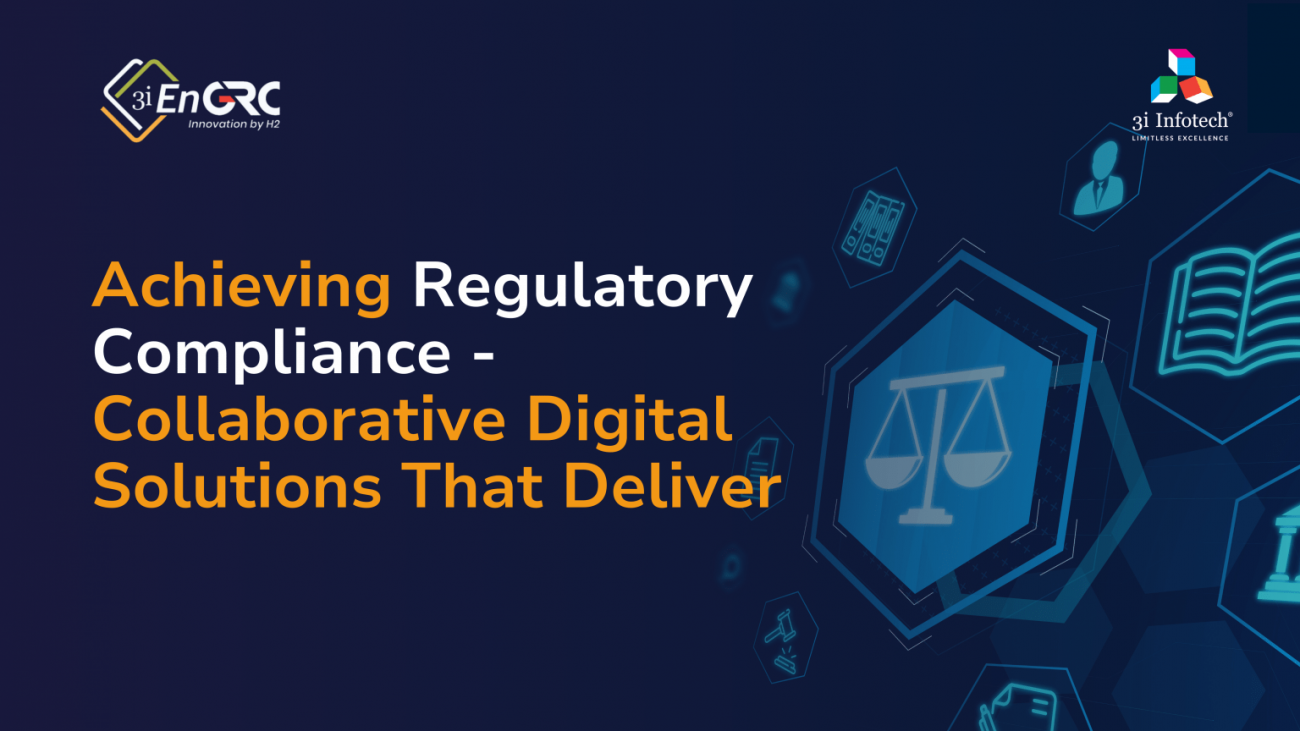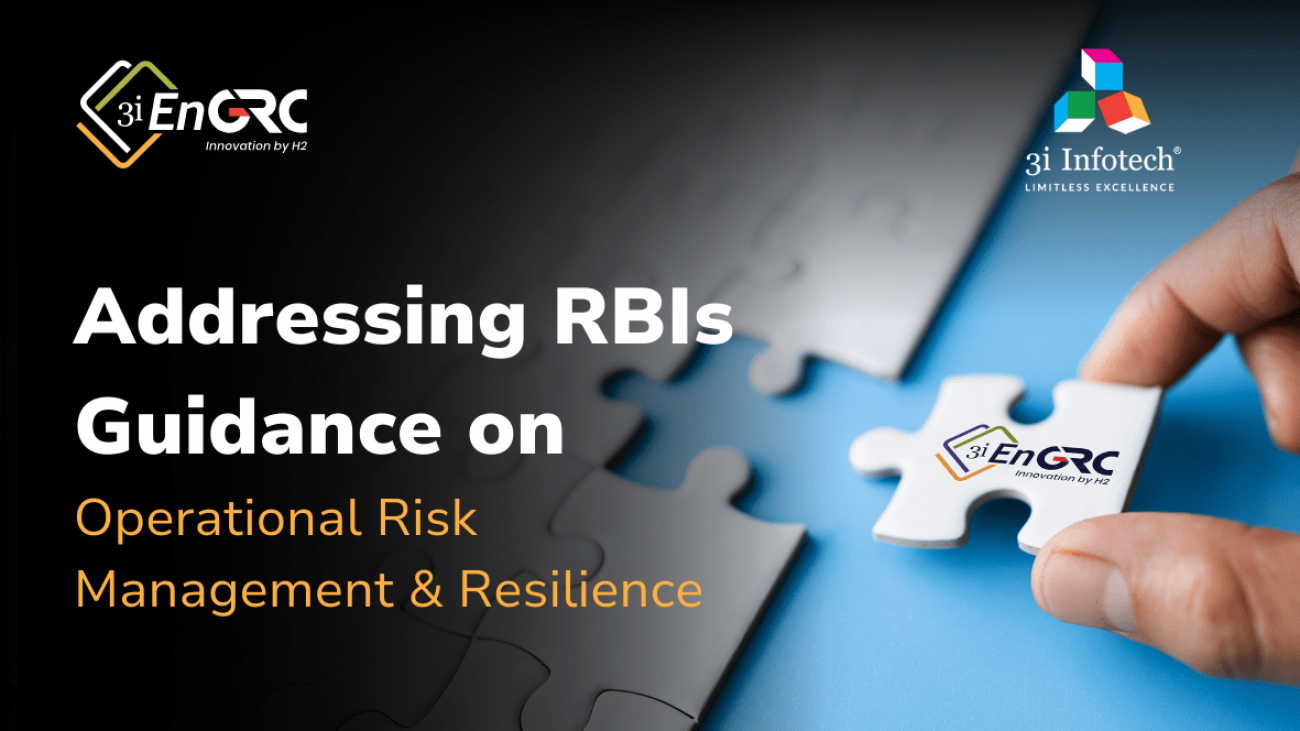As businesses grow and extend their operations, they are subject to large volumes of regulations that often become intricate due to overlapping jurisdictions from multiple authorities. Implementing appropriate measures, policies, and processes to manage their legal and mandatory adherence helps them stay secure and compliant.
Business Continuity Management with EnGRC – From COVID to Better Normal
Pandemic and resilience
The pandemic changed the way banks looked at their Business Continuity Plan (BCP) and BCM(Business Continuity Management). Strategies and plans that once accounted for everything from natural disasters, human error, cyber risks, insider threats, downtime, and operational setbacks had to now factor in the unpredictable X in their risk plans.
Growth through adversity
The new normal saw the banks overhauling their operations through complete process automation and digital acceleration. There was a constant need to prioritize and coordinate solutions, to manage and restore operations and access in situations that suddenly cropped up, with a flexible business continuity plan to prevent loss of customers, revenue, and new business opportunities.
Constant change – the way forward
Better normal days saw new approaches falling into place.
Economies opened up.
But it was not business as usual because digital processes brought new threats.
If the integrated and distributed hybrid ecosystems were vulnerable to cyber threats, operational risks threatened the very integrity and existence of banks.
The need for stability
There was an urgent need for a Business Continuity Plan and its management that aligned with a comprehensive Governance, Risk, and Compliance Program to deliver resilience in an evolving landscape and a risk-aware corporate culture.
BCP + GRC = Adaptable, operationally stable, and tactically capable banks
Defining the future of business continuity, the GRC +BCP model helped banks stay agile and adapt to the changing threat landscape with robust business resilience capabilities, regular assessment and control mechanisms.
The value-additions delivered included:
Quick and informed decision- making by providing relevant information from a single source of truth matched to the situation in the prescribed format for making decisions at the right time.
Protection of business assets by implementing processes and controls to safeguard business assets and data from threats and hacking..
Up-to-date regulation compliance through continuous adoption of controls reflecting regulatory changes, is made easy with user- friendly, intuitive GRC systems
Cost savings and revenue protection by automating and streamlining business continuity processes to comply with operational, legal and regulatory requirements.
Integrated risk mapping from a single source of truth to ensure that no potential threat has been overlooked.
The road ahead
Business continuity and GRC are ongoing processes that demand consistent adaptation in the face of dynamic business environments. Together, they ensure the long-term sustainability of business operations and financial solidity in the presence of any potential risks.
Resilience plans with EnGRC
EnGRC is an automated, modular, and configurable governance, risk, and compliance (GRC) solution that seamlessly integrates with your organization’s objectives and business continuity plans.
Regular internal controls are required to be performed to ensure that the BCP is kept up to date and that all the key individuals and departments involved know what they need to do if such an event occurs. These controls can be scheduled and assigned with automated workflows in EnGRC including alerts and reminders even when not logged into the system. All the instructions and guidance for the BCP can be included in the tasks.
With end-to-end solutions to manage your enterprise risk, EnGRC helps you create a culture of risk awareness and value to build trust with customers and partners.
Learn More https://www.3i-infotech.com/engrc/
Connect with us now! Continuity starts with bridging the gaps.
Enhancing Operational Risk Management and Resilience RBI’s New Guidance
On April 30, 2024, the Reserve Bank of India (RBI) issued a crucial Guidance Note on Operational Risk Management and Operational Resilience (RBI/2024-25/31 DOR.ORG.REC.21/14.10.001/2024-25). This guidance aims to significantly enhance the effectiveness of operational risk management of Regulated Entities (REs) and bolster their operational resilience amidst the complex, interconnected, and dynamic environment of the financial system.
Objectives of the Guidance
The primary objectives of the RBI’s guidance are two fold:
- Promoting Effective Operational Risk Management: Operational risk is inherent in all financial products, services, activities, processes, and systems. Effective management of these risks is essential for the overall stability and reliability of the financial system.
- Enhancing Operational Resilience: The guidance emphasizes the importance of REs being resilient to disruptions that can arise from various sources, including IT threats, geopolitical conflicts, business disruptions, frauds, technological failures, and natural disasters.
Operational Risk Management
Operational risk management is a critical component of an RE’s risk management framework. It reflects the effectiveness of the Board of Directors and Senior Management in overseeing the institution’s portfolio of products, services, activities, processes, and systems. Effective operational risk management involves:
- Identifying and Assessing Risks: Utilizing appropriate tools to identify and evaluate potential risks in a collaborative, co-ordinated manner.
- Monitoring Exposures: Keeping track of material operational exposures and any changes to them.
- Mitigating Risks: Implementing robust internal controls and risk management strategies to minimize operational disruptions and maintain the continuity of critical operations.
Operational Resilience
Operational resilience is the ability of an RE to continue delivering essential services in the face of disruptions. This requires a comprehensive risk assessment policy that includes:
- Man-Made Threats: Cyber-attacks, technological changes, and technology failures.
- Natural Causes: Climate change and pandemics.
- Other Disruptions: Internal/external frauds, business disruptions, and third-party dependencies.
The RBI guidance mandates that all REs must integrate these risks into their assessment frameworks and devise appropriate risk mitigation strategies to ensure operational resilience.
Three Lines of Defence

The RBI emphasizes a structured approach involving three lines of defence:
- First Line of Defence: Daily operations managed by all business units.
- Second Line of Defence: Risk and compliance functions within the organization.
- Third Line of Defence: The audit function ensuring thorough evaluation and accountability.
Pillars of Operational Risk and Resilience Management
The RBI identifies three pillars supporting a holistic approach to managing operational risk and resilience:
- Policy Compliance Assessment: Regular top-level reviews, verification of management controls, and resolution of non-compliance instances.
- Authorization and Accountability: Ensuring appropriate approvals and tracking deviations from policies and regulations.
- Feedback Loop: Continuously incorporating lessons learned during disruptions into the processes and executions.
EnGRC’s Role in Achieving Compliance
EnGRC offers out-of-the-box functions to help REs adhere to the RBI guidance. Its modules leverage advanced technologies like blockchain, machine learning (ML), and artificial intelligence (AI) to deliver robust risk management and operational resilience. Key features include:
- Automated Workflows/ Controls: Regular data checks without human intervention or automated workflows with reminders in cases where human intervention is necessary.
- User-Friendly Interfaces: High user adoption rates due to intuitive interface and design.
- Comprehensive Risk Management: Modules supporting the three lines of defence and enabling continuous mitigation and improvement cycles.

Steps for Robust Risk Management
- Identify Risks: Recognize financial, legal, operational, strategic, and reputational risks.
- Assess Risks: Use qualitative or quantitative methods tailored to organizational needs.
- Develop a Risk Management Plan: Define risk response strategies, allocate resources, and establish communication and monitoring mechanisms.
- Implement the Plan: Ensure all stakeholders understand their roles and responsibilities, and regularly review and update the plan.
- Monitor and Review: Continuously assess the plan’s effectiveness, identify new risks, and adjust as necessary.
Conclusion
Robust risk management and operational resilience are critical for the long-term success of REs. By adhering to the RBI’s guidance and leveraging solutions like EnGRC, organizations can effectively manage potential risks, enhance their reputation, and maintain a competitive advantage in the marketplace. For more information on how EnGRC can support your risk management needs, visit EnGRC – Enterprise Governance, Risk & Compliance (GRC) Solution.



